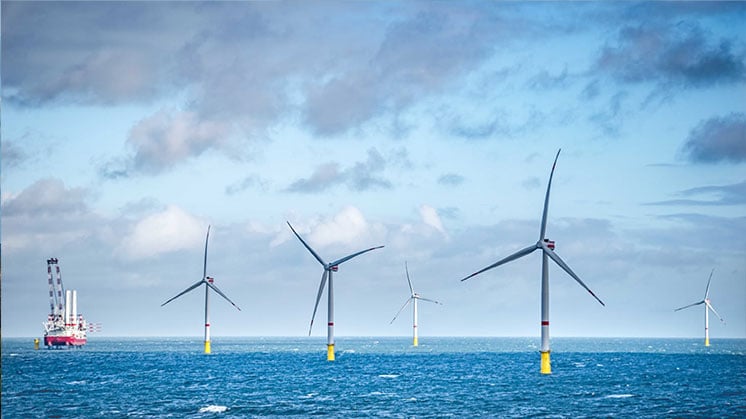The vast, windswept waters off Atlantic Canada’s coastline may soon become the backbone of America’s clean energy revolution, despite growing political headwinds south of the border. As northeastern U.S. states accelerate their transition away from fossil fuels, Canadian developers are positioning the region as North America’s offshore wind powerhouse.
“We’re standing at the edge of an unprecedented opportunity,” says Martin Sullivan, CEO of Atlantic Wind Partners, surveying the choppy waters off Nova Scotia’s coast. “These waters could generate enough electricity to power millions of American homes while creating thousands of jobs for Canadians.”
The ambitious plans hinge on an intricate network of underwater transmission cables that would funnel clean energy directly to electricity-hungry markets in New York, Massachusetts, and other northeastern states. Recent feasibility studies suggest the region could deliver up to 25 gigawatts of offshore wind power by 2035—equivalent to powering approximately 20 million American households.
The economic stakes are enormous. According to analysis from the Conference Board of Canada, the Atlantic offshore wind sector could generate more than $25 billion in investment and create upwards of 15,000 direct and indirect jobs across Nova Scotia, New Brunswick, and Newfoundland and Labrador over the next decade.
However, political uncertainty looms large. Former U.S. President Donald Trump, currently campaigning for a second term, has repeatedly derided offshore wind as “extremely expensive” and an “environmental disaster.” His position has raised concerns among investors about the long-term viability of cross-border energy projects should he return to office.
“The regulatory environment in the U.S. is certainly a consideration,” acknowledges Katherine Reynolds, policy director at CO24 Business. “But northeastern states have their own ambitious climate targets that exist independent of federal politics. The demand for clean power isn’t disappearing regardless of who occupies the White House.”
Indeed, Massachusetts, New York, and New Jersey have all legislated requirements to dramatically increase renewable energy usage by 2030. These states face significant challenges developing their own offshore wind resources due to limited suitable areas and fierce competition for leasing rights.
The Canadian advantage lies not only in its abundant wind resources but also in its regulatory framework. Provincial governments across Atlantic Canada News have streamlined permitting processes while maintaining environmental standards, creating what industry insiders describe as a “predictable investment climate.”
First Nations involvement represents another critical dimension of the emerging industry. Several Indigenous communities have already formed partnerships with developers, ensuring benefits flow back to historically marginalized populations.
“This isn’t just about exporting electricity,” explains Chief Marilyn Francis of the Mi’kmaq Energy Coalition. “It’s about exporting a model of responsible development that respects Indigenous rights and traditional knowledge.”
Technical challenges remain substantial. The proposed underwater transmission corridors would traverse some of the world’s most challenging marine environments, requiring cutting-edge engineering solutions. Preliminary cost estimates for the international connections range from $3-5 billion depending on capacity and routing.
Despite these hurdles, momentum continues building. Last month, a consortium of Canadian and European developers announced a $500 million initial investment in preliminary site assessments, while three major U.S. utilities signed memoranda of understanding to potentially purchase Canadian wind power.
The Biden administration has also signaled support for cross-border clean energy cooperation through the recent North American Clean Energy Framework, which specifically mentions Atlantic Canada’s offshore potential as strategic for continental energy security.
For coastal communities that have weathered decades of economic challenges following the collapse of traditional fisheries, the promise of a new sustainable industry offers hope. “We’ve always made our living from the sea,” reflects Harold Thompson, mayor of a small Nova Scotia fishing town. “Harvesting wind instead of fish feels like a natural evolution.”
As the World News focuses increasingly on climate action, the winds of change blowing across the North Atlantic may carry more than just energy—they may represent a new model of cross-border cooperation in addressing global challenges. The question remains: can this promising clean energy partnership weather the unpredictable storms of American politics?










